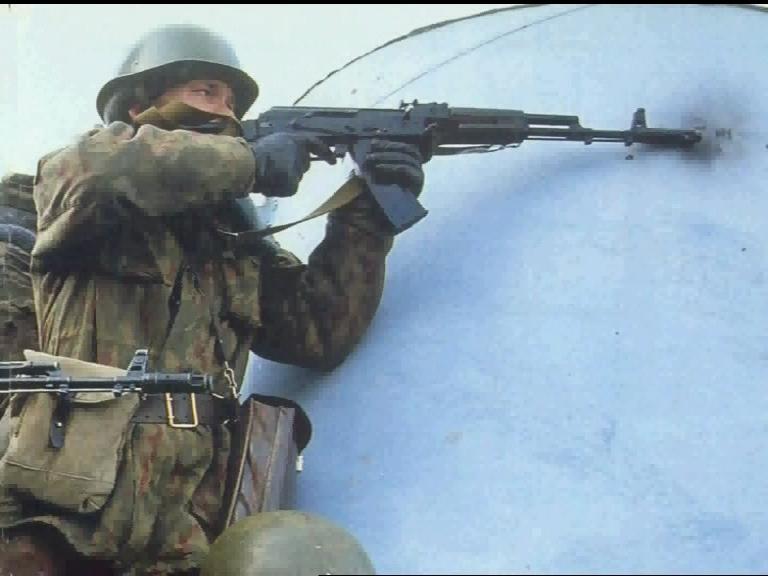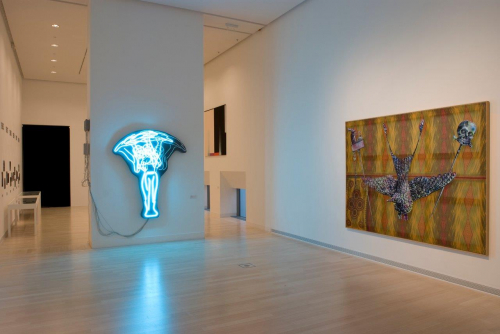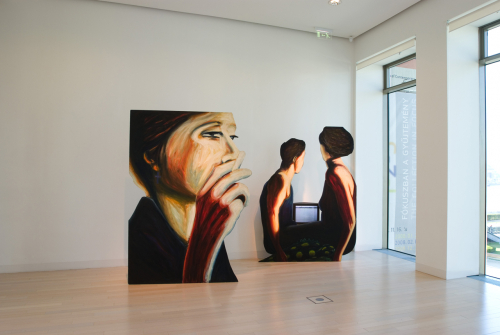"The Typewriter of the Illiterate" is a sequence of animated stills in which the viewer meets a recurring motif in every image. This motif is the Kalashnikov machine gun named after its inventor. This weapon is based on very simple technical solutions, and used to be extremely common in the Soviet Union and the former socialist countries even before the changes of 1989. It was due to this reason that it later reappeared in the media coverage of the wars of the nineties and the present days (especially in the Near East, in the Balkans, in Afghanistan and Iraq), and it is no coincidence that we often encounter it in the hands of the poor, and the paramilitary groups recruited from the poor.
Is it right that this weapon exerts such a great influence through the global media? Do the people in the pictures really hold one of the tools of the “clash of civilizations” (Samuel Phillips Huntington)? It is impossible to give a correct answer to these questions, since at first we have to answer the question of what happened to the great idea of the Enlightenment. But the question of how Western civilizations may be made more democratic and whether it is possible to export their ideology to countries and continents with quite different historical, political, and ideological traditions has to be answered, too. This, in turn, raises the question: whose interest would such an export serve, and to whom is it advantageous to arm people in regions full of political tension and conflict. The work of János Sugár cannot be interpreted within the traditional frames of aesthetic thinking, since its context is not associated with beauty or sublimity, but rather the questions raised above. The aesthetic relevance of these questions, however, is rather limited, or even insignificant. The work, however, helps us visualize verbal questions with the help of visual culture, and prompts us to articulate newer problems.


